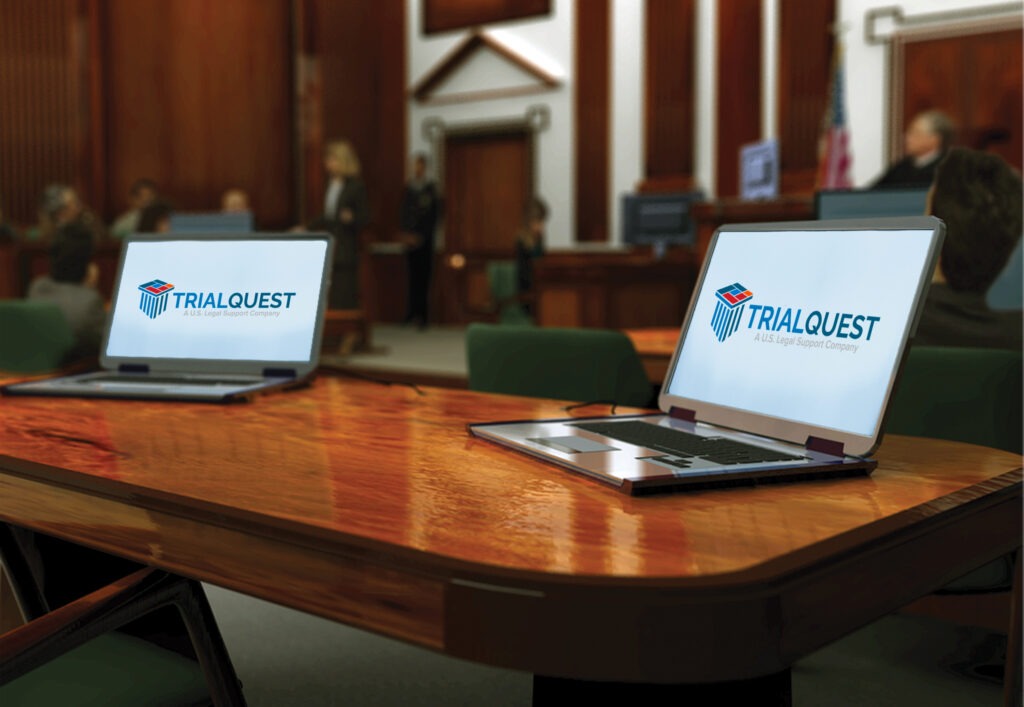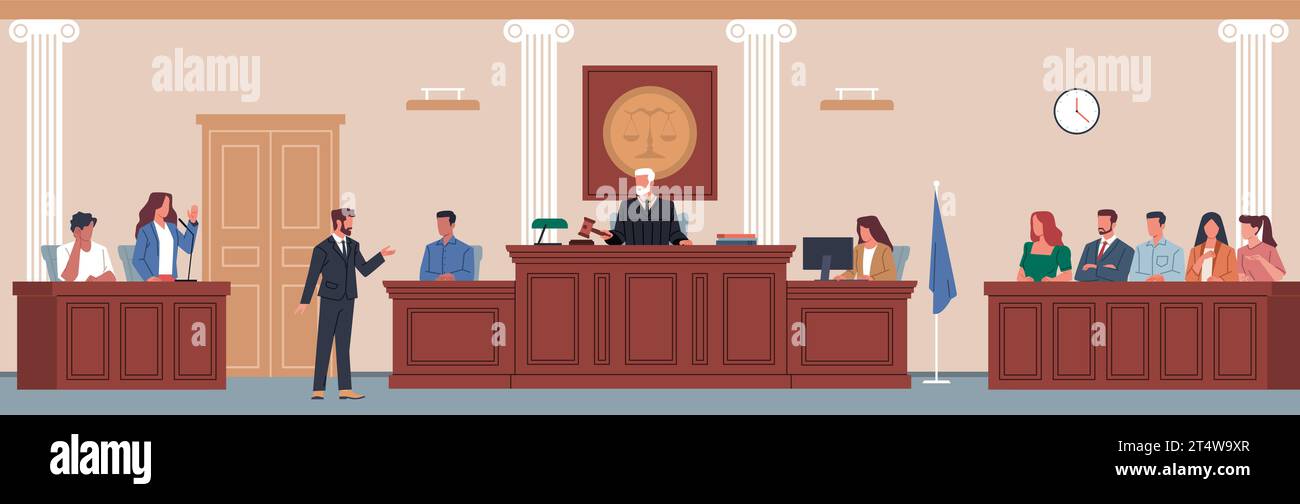Refine your litigation strategy with expert-designed trial presentations that captivate the jury.
Refine your litigation strategy with expert-designed trial presentations that captivate the jury.
Blog Article
Exactly How Trial Presentations Enhance Your Disagreement and Persuade Jurors
Test presentations serve as a pivotal mechanism for improving legal arguments and persuading jurors. By integrating visual aids, narrative structures, and emotional interaction, lawyers can develop an engaging situation that reverberates on several levels. The calculated use visuals not only makes clear complex information however also catches jurors' focus better than words alone. The art of narration plays a similarly important role in transforming factual evidence right into an engaging narrative, shaping jurors' assumptions. Understanding these elements can dramatically impact trial results, raising the question of exactly how each element contributes to this intricate dynamic.

Value of Visual Help
Visual aids play an essential function in improving the performance of test discussions, as they can dramatically increase target market involvement and retention of information. In the context of a trial, where jurors are entrusted with processing complex details, aesthetic help serve to simplify and clear up key points. Charts, graphs, and photos can communicate information and principles that may or else bewilder or confuse jurors, enabling a more simple understanding of the evidence offered.
Additionally, visual aids aid in maintaining juror focus throughout the process. By breaking the dullness of verbal testament, these tools can stress vital disagreements, making them much more unforgettable. Effective aesthetic help can additionally stimulate psychological reactions, which can be crucial in encouraging jurors to straighten with the presenter's narrative.

Crafting Engaging Stories
A compelling story is crucial in trial presentations, as it acts as the backbone of effective persuasion. It permits lawyers to weave together realities, evidence, and psychological aspects right into a meaningful tale that resonates with jurors. This narrative framework allows jurors to understand the intricacies of the instance while guiding them through the attorney's disagreement.
To craft a compelling narrative, attorneys must focus on quality and coherence. This involves establishing a clear protagonist-- commonly the customer-- and describing their journey through the events in inquiry. Offering the facts in a rational series improves comprehension and keeps involvement. Additionally, using dazzling summaries can create psychological photos that assist jurors visualize the events, making the narrative much more memorable.
Moreover, incorporating vital themes throughout the presentation enhances the core message and aids in retention - trial presentations. The narrative must not only communicate info yet also stimulate a sense of justice, highlighting the risks involved. Eventually, a well-constructed story cultivates a link in between the jurors and the instance, positioning see the attorney's disagreement as both credible and engaging, thereby enhancing the probability of a desirable judgment

Involving the Court Psychologically
Reliable jury involvement pivots on the lawyer's ability to attach with jurors on an emotional degree. This link can dramatically affect jurors' understandings and their utmost decision-making.
Visual help, such as photos or videos, can better enhance psychological interaction, providing jurors with vivid representations of the situation's human aspects. Crafting a story that highlights the battles and victories of the people involved makes certain that jurors see beyond the legal arguments and identify the human repercussions of their choices.
Moreover, tone and body language play a crucial duty in communicating feeling. A lawyer's enthusiastic delivery can resonate with jurors, strengthening their emotional financial investment in case. It's vital to balance sob stories with accurate evidence, ensuring that jurors really feel obliged to act while staying based in the reality. Eventually, a psychologically engaged court is most likely to be convinced, making emotional connection a crucial element of reliable trial presentations.
Structuring Your Discussion

The body of the presentation ought to be realistically fractional into crucial points, each sustained by compelling proof. It is useful to use storytelling strategies to weave facts right into a narrative that jurors can quickly follow. Visual help, such as charts and video clips, can boost comprehension and interaction, aiding to highlight vital items of evidence.
Real-World Study
Taking a look at real-world study gives important insights into the art of test presentations and persuasion. The site instance of "O.J. Simpson v. Individuals of California" shows just how aesthetic aids and compelling narratives can persuade jury assumptions. The defense group properly utilized a technique that incorporated prominent specialist statements with multimedia discussions, which astounded jurors and ultimately influenced their choice.
One more noteworthy example is click to read the "McDonald's Coffee Instance," where the complainant's attorneys used visuals pictures of the see this website injuries sustained by Stella Liebeck. trial presentations. This plain visual proof played an essential function in communicating the seriousness of her burns, leading to a significant jury honor. Such cases show that impactful test discussions typically hinge on the effective integration of visuals and storytelling to evoke psychological reactions from jurors
Furthermore, the "Casey Anthony Test" highlighted the relevance of narrative comprehensibility and credibility. The prosecution's failing to establish a compelling timeline decreased their convincing power, emphasizing the necessity of a well-structured presentation. Evaluating these instances exposes that successful trial discussions call for strategic preparation, psychological involvement, and the capacity to resonate with jurors' worths and ideas.
Verdict
Test presentations significantly enhance disagreements and persuade jurors via the tactical use visual help, compelling narratives, and psychological engagement. By streamlining complex info and fostering links with the target market, these components produce a remarkable and impactful experience. A well-structured discussion equilibriums psychological charms with factual evidence, eventually reverberating with jurors' worths. The combination of these strategies not only affects decision-making yet also emphasizes the significance of reliable interaction in the court.
Report this page